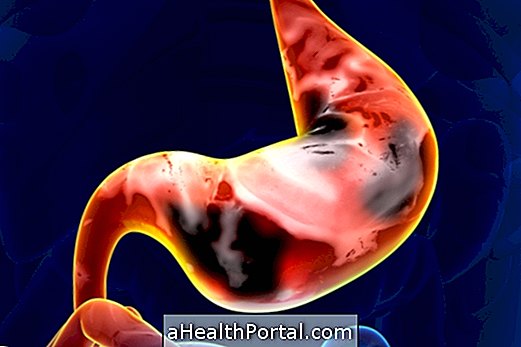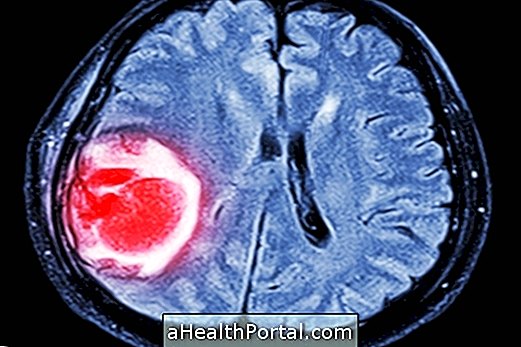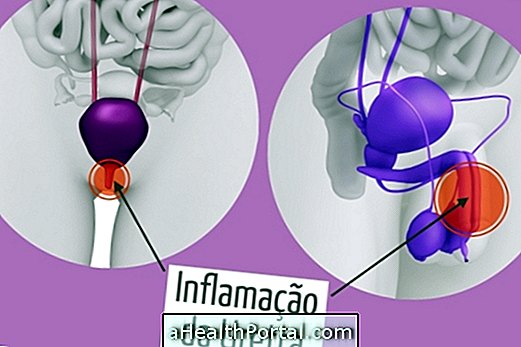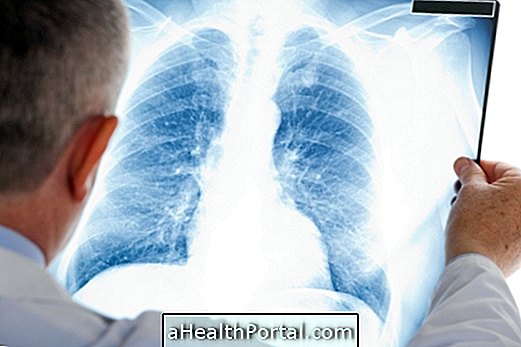Lymphoma is a type of cancer that affects lymphocytes, which are cells responsible for protecting the body against infections and diseases. This type of cancer develops mainly in the anus that are in the armpit, groin, neck, stomach, intestine and skin, leading to the formation of lumps that can cause symptoms like pain, fever and weight loss.
There are 2 types of lymphoma, Hodgkin's lymphoma, which is very uncommon and more likely to heal, and Non-Hodgkin's lymphoma, which has more than 50 different types that may be more severe or difficult to treat. The difference between them is basically the characteristics of the malignant cells, which can be analyzed after the biopsy of the affected tissue. To learn more about each type of lymphoma, check out Hodgkin's lymphoma and non-Hodgkin's lymphoma.
In general, lymphoma is a cancer most common in the elderly, from the age of 60, and its treatment includes chemotherapy, radiotherapy or bone marrow transplant surgery, with the chances of cure when the symptoms are soon identified and the treatment is started as soon as possible.
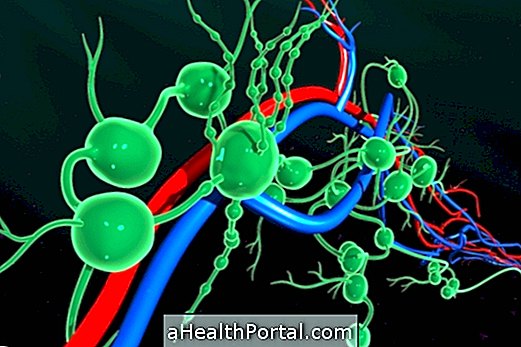
Signs and symptoms
The most common symptoms include:
- Swollen tongues, which causes lumps in the neck, near the collar bone, armpit, abdomen or groin;
- Constant fever;
- Night sweats;
- Tiredness;
- Itching;
- Malaise;
- Night sweats;
- Loss of appetite;
- Slimming without apparent cause;
- Shortness of breath and cough.
Anyone can develop lymphoma, and some people may be at greater risk, such as those with a family history of the disease, who have undergone an organ transplant, who have been infected by certain viruses such as HIV, Epstein-Barr or HTLV-1 or who have an autoimmune disease such as lupus. Learn more about what can cause lymphatic cancer.
What to do in case of suspicion
If several of these symptoms occur, it is advisable to consult a general practitioner to make diagnostic tests such as a blood test or a tissue biopsy, to evaluate if there are any affected cells and confirm or not the disease, starting the appropriate treatment.
After this, if the diagnosis is confirmed, it is still indicated to do other tests such as x-ray, tomography, MRI or ultrasonography, to observe the size of the lymphoma, the affected regions and their degree of development.
How is the treatment done?
Treatment should be indicated by a hematologist or an oncologist and depends on the type of lymphoma, the stage of the disease, the region affected, the age and the general condition of the patient.
Treatment may include chemotherapy, radiation therapy or bone marrow transplantation, and Hodgkin lymphoma is more likely to be cured than non-Hodgkin lymphoma, and the best results are achieved when the disease is discovered and treated early. For more details on the treatment see: Lymphatic cancer has a cure.

